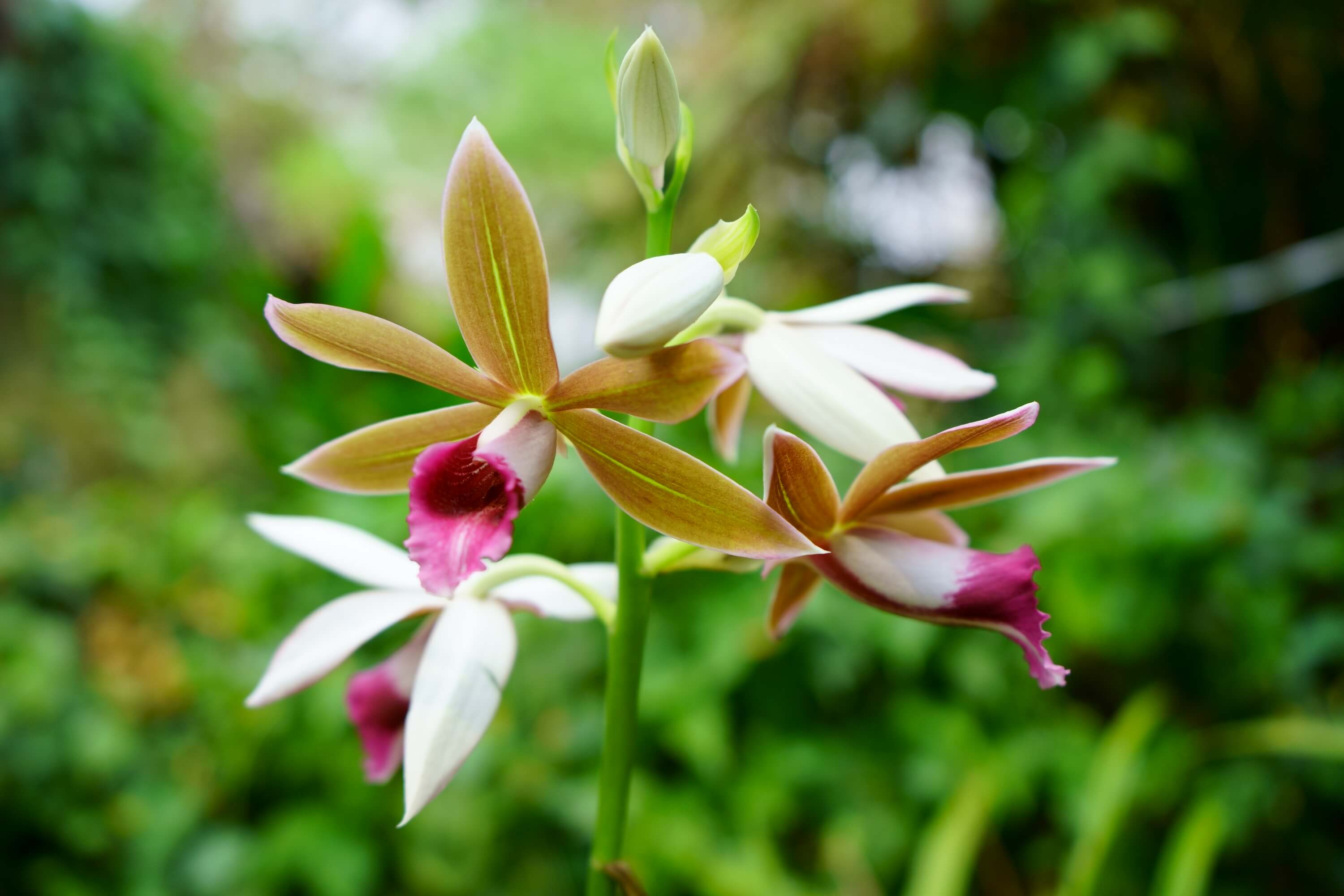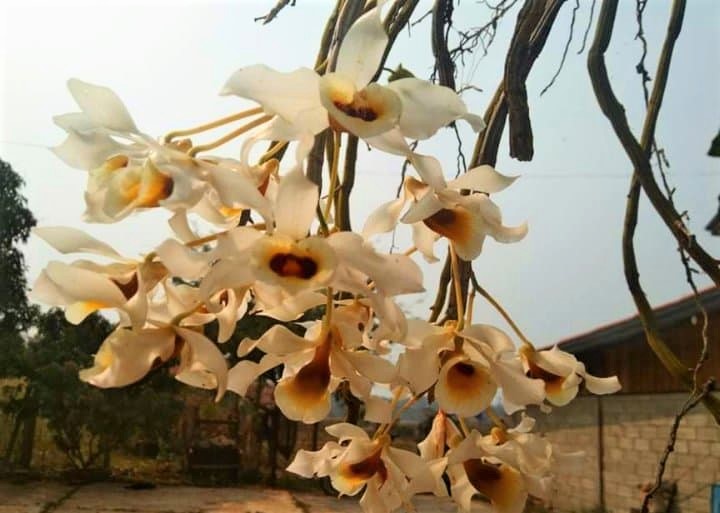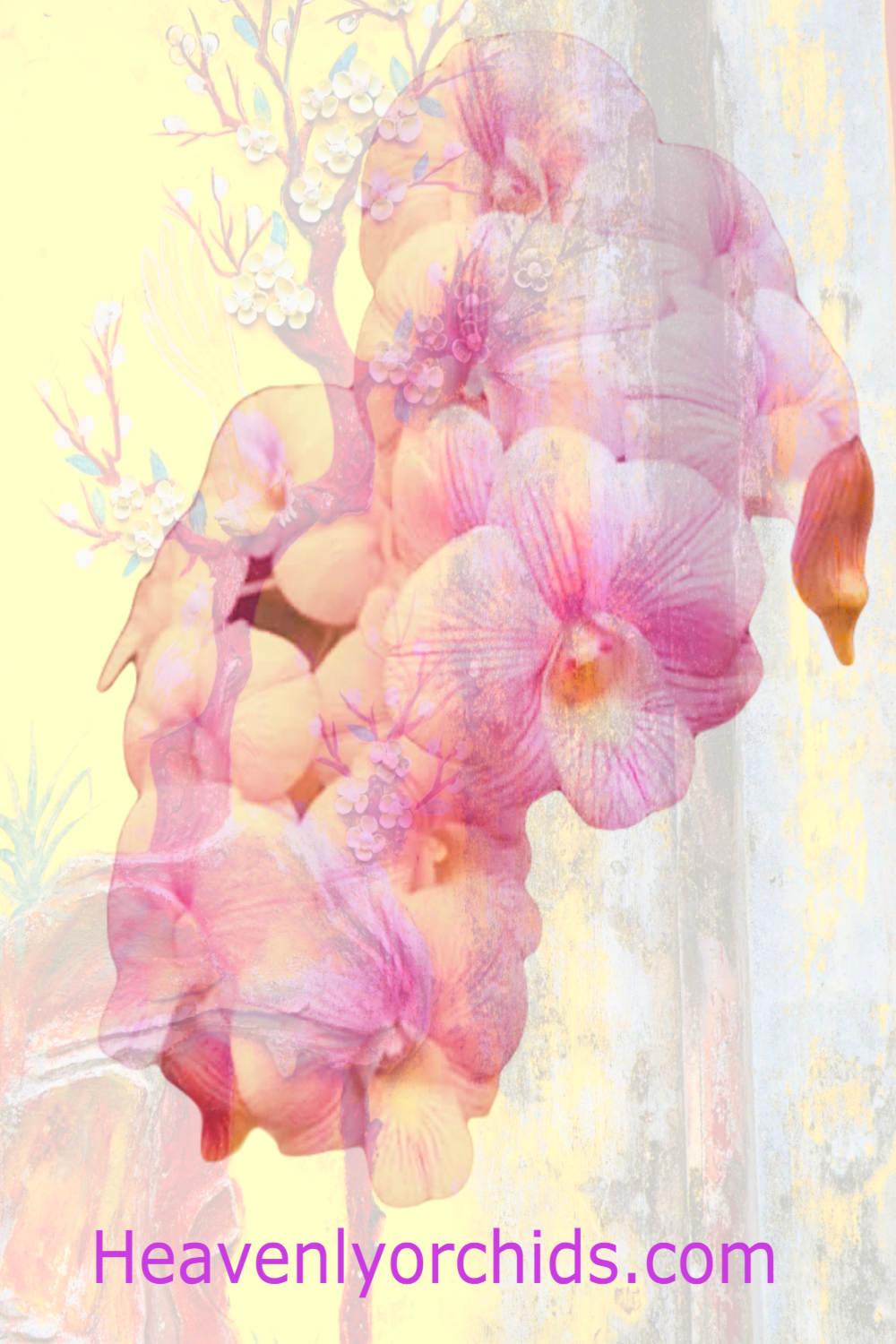Choosing Orchid Flower Pots
Choosing the correct type of orchid flower pot is sometimes overlooked by novice growers. Orchids are unlike most other house plants in that they are mainly epiphytes or lithophytes that do not grow in soil. In their natural habitat most orchid roots are exposed to the air and the function of the roots are to anchor the orchid to a surface such as a tree branch or rock, and to collect moisture run off from the leaves and branches of the tree. The roots have a spongy outer layer called a velamen that acts to also absorb moisture from humidity in the air. Epiphytic plants are non parasitical, meaning they do not take or absorb nutrients from their host plant/tree that they choose to use as a support. They are sometimes also referred to as air plants.
Best Orchid Flower Pot To Use
When growing orchids it can be extremely helpful to be able to observe and monitor the roots. With some orchids such as Phalaenopsis we can determine watering needs just by observing the color of the roots. Phalaenopsis roots usually turn a greenish color when adequately watered and look silvery grayish when dry. By being able to observe the roots, we can also tell a lot about the overall health of the orchid and catch potential problems early so that we can address them immediately. For these reasons many orchid growers like to use clear aerated plastic pots to house the roots in the grow medium. This is often then used in combination with placing the housed orchid inside of a decorative pot to showcase its aesthetic beauty. For many orchid growers this is the preferred potting method of choice.
Other Potting Choices
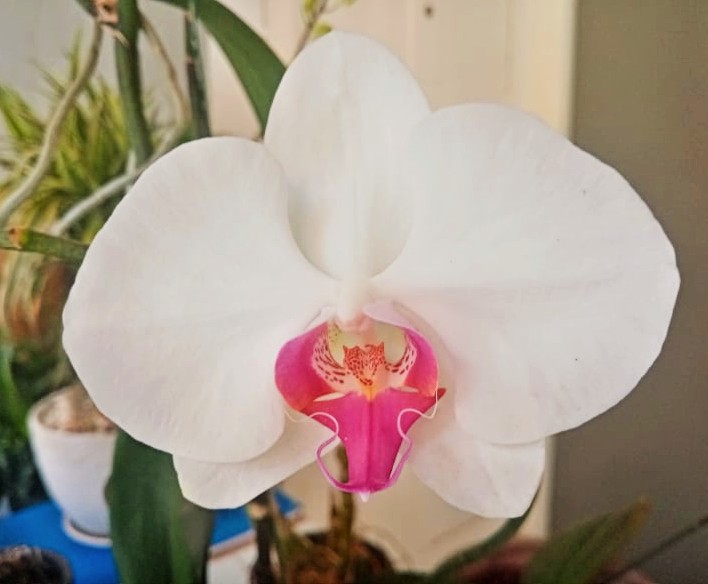
While growing in aerated clear see through pots is the best choice for many species of orchid, it is not a rule set in stone. Choice of container can depend on your growing experience and also your preferred method of growing.
Self Watering Pots
Self watering pots, sometimes referred to as partially or semi hydroponic pots are used by some growers as their preferred method of container growing. A self watering orchid flower pot usually has a built in reservoir area to hold the water/fertilizer solution. LECA (lightweight expanded clay aggregate) is typically used as an inorganic growing medium, to support and house the orchid plant and allow for the wicking of water through the LECA providing the orchid with a constant source of moisture, but also allowing for a lot of airflow. There are different brands of self watering pots on the market each having their own unique design.
Water Culture Pots
Water culture is an advanced growing technique and is not suitable for all types of orchids or growers. There is a learning curve to growing in water culture and this is a technique that is best learned after having some experience with growing orchids. However for some orchid growers this method works well, especially if one has a busy schedule or tends to travel often. With water culture, a small amount of water is contained at the bottom of a suitable container which can be a glass vase or ceramic pottery. It is very similar to partially hydroponic self watering systems except that a growing medium is not used. The orchid is housed in an orchid flower pot container that is deep enough for most of the roots to be exposed to air allowing the tips of the roots to be immersed in water and wide enough to support the orchid by gently resting the lower stems and leaves on the edge of the vessel.
Clay, Ceramic & Decorative Orchid Flower Pots
While it is recommended to grow orchids in aerated clear plastic pots to be able to observe the roots, one can grow orchids in their medium in a clay, ceramic, or other decorative pot. The main drawback being not being able to observe the roots.
Wood and Coconut Shell Pots
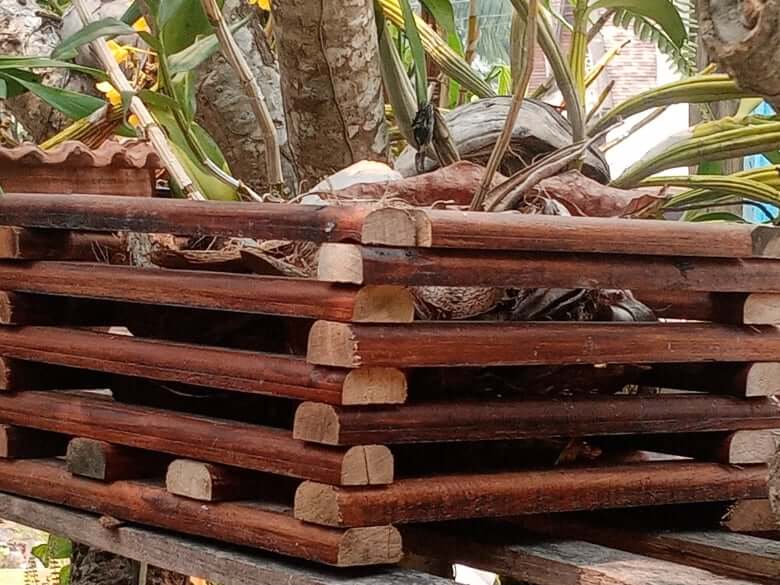
Wood, hollowed out logs, bamboo and coconut shells can be used as orchid flower pot containers. Hollowed out logs and coconut shells are often used in tropical countries as containers for orchids and other flowers. Coconut shells are often used for young or miniature plants. Hollowed out logs or large bamboo logs are another popular method used sometimes to grow many plants together. Aerated wood containers are available for sale in many hardware stores and online. They provide better visibility of the roots than clay or ceramic pots and also provide good aeration for orchid roots.
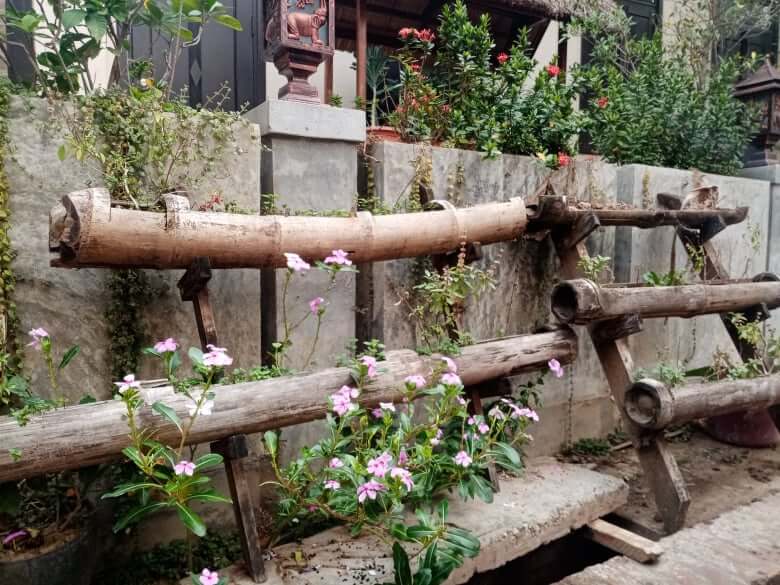
Air Mounted Orchids
And finally, we can also air mount our orchids as they do not need to be in a growing medium. This method of growing is recommended for more experienced orchid growers. Since the orchid is not in a growing medium it will require careful watering and this is where experience comes in. Also, this is not a method that is suitable for most indoor locations due to mounting necessities and watering. It is not impossible to use this method indoors, but it is more suitable to outdoor growing where the roots can be liberally watered or put on an automatic watering system rather than having to dismount the orchid frequently in order to water it.


